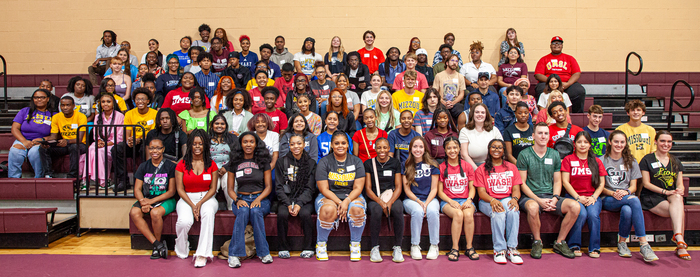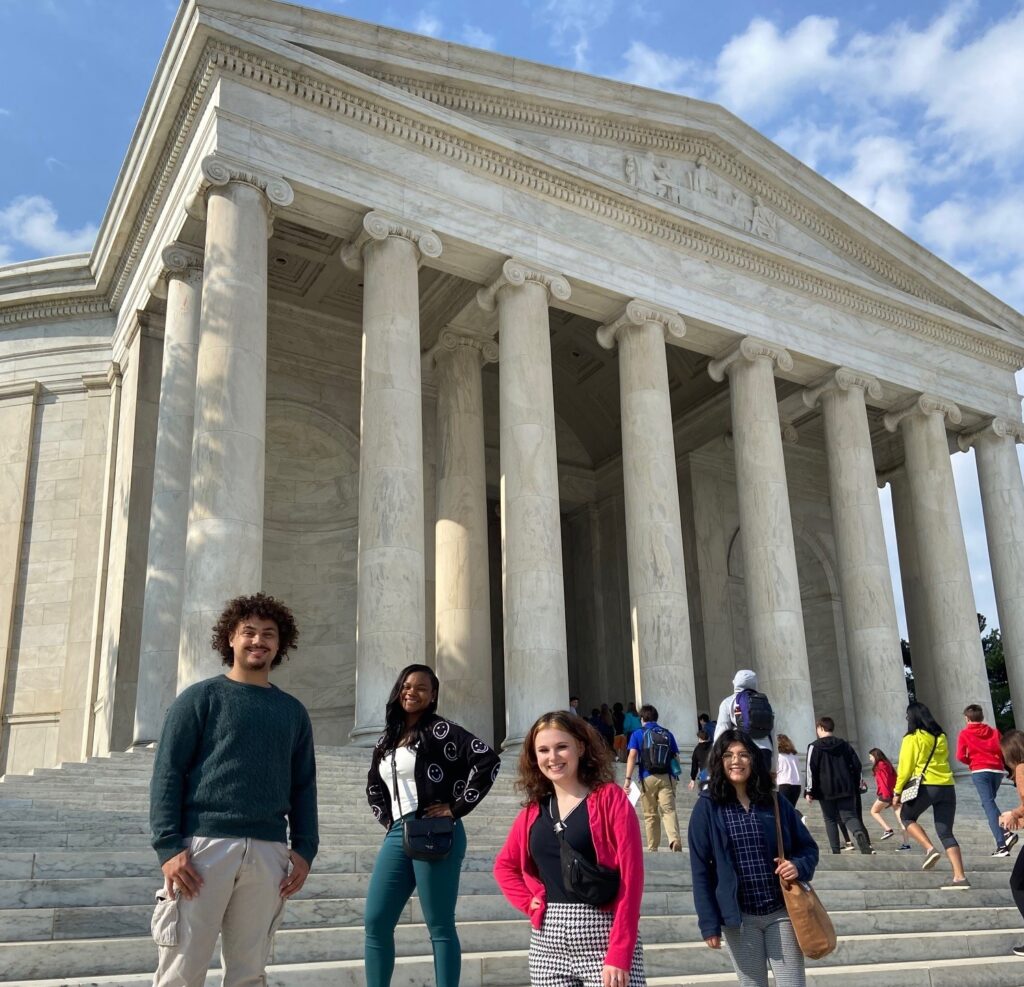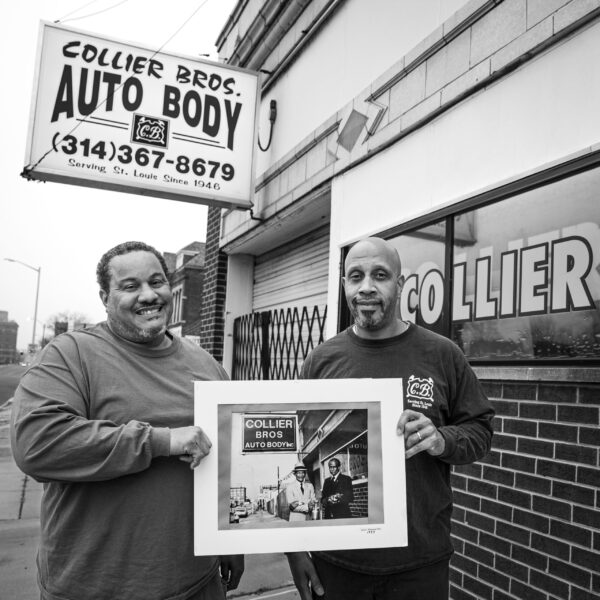
At 3, my daughter somehow knew to raise her right fist, close her eyes, and declare herself. Doing so did not diminish her love for her baby brother or her desire to keep him safe. Just look, in the photo, where her left hand rests.
Right now, in St. Louis, the very mention of protest is divisive, and disruptive indeed. Three years ago, many of us learned first-hand (and some by watching video) more about the streets on which Michael Brown, Jr. lived and died. “Ferguson”, once a place, became a euphemism, a movement, a commission, a lengthy set of recommendations, a call to action, and quickly a promise unfulfilled.
Our streets are again full of protests, both organized and not so, this time in response to the not-guilty verdict in the murder trial of officer Jason Stockley, who killed Anthony Lamar Smith six years ago. Familiar chants have been resurrected, yard signs redeployed, and full attention directed to the systems and structures that manufacture racism.
Protest is making people in this region much more than uncomfortable. No longer can it be considered distant, elsewhere, or responding to someone else’s issue. Racism is our issue, here and now.
Whether and how people engage in protest is deeply personal. Among us, we rally, march, minister, create, cook, write, donate, discuss, petition, draft demands, boycott, and debate on social media. And some of us shatter glass. The way in which we engage and express is deeply personal. My request is that we each spend some time listening to others and considering our roles in protesting the long legacy of racism and putting to work our commitment to racial and economic equity.
Personally, outside of my work days and my role with The Scholarship Foundation of St. Louis, I protest. In fact, in prior years and in recent days I have taken my own version of “staycation” days to do so. It helps me clarify where I stand and do my own work to be present, to see for myself, and to say the words aloud.
There is one other thing I want to say here, in deference to that tiny raised fist in the photo. In 2014, when some of our students organized in the streets and others began doing the work it takes to collect data and prepare policy positions that best represent students, our organization had to work through some questions of policy, advocacy, and racial equity. We continue to do so. We are not alone.
In the streets in 2014, I saw our students hard at work on demanding and creating a better community. Now, I see them in larger numbers and greater diversity, but I also see our board members, our donors, and my colleagues from the Foundation and from other organizations. I see the children and grandchildren of some who once told me they were uncomfortable with advocacy and especially with protest.
When I raise my right fist, I almost always close my eyes. The gesture, for me, requires that kind of focus and results in what is a spiritual connection to those who’ve done so before me and are doing so beside me, including that beautiful toddler who will soon be 25.
– Faith Sandler




